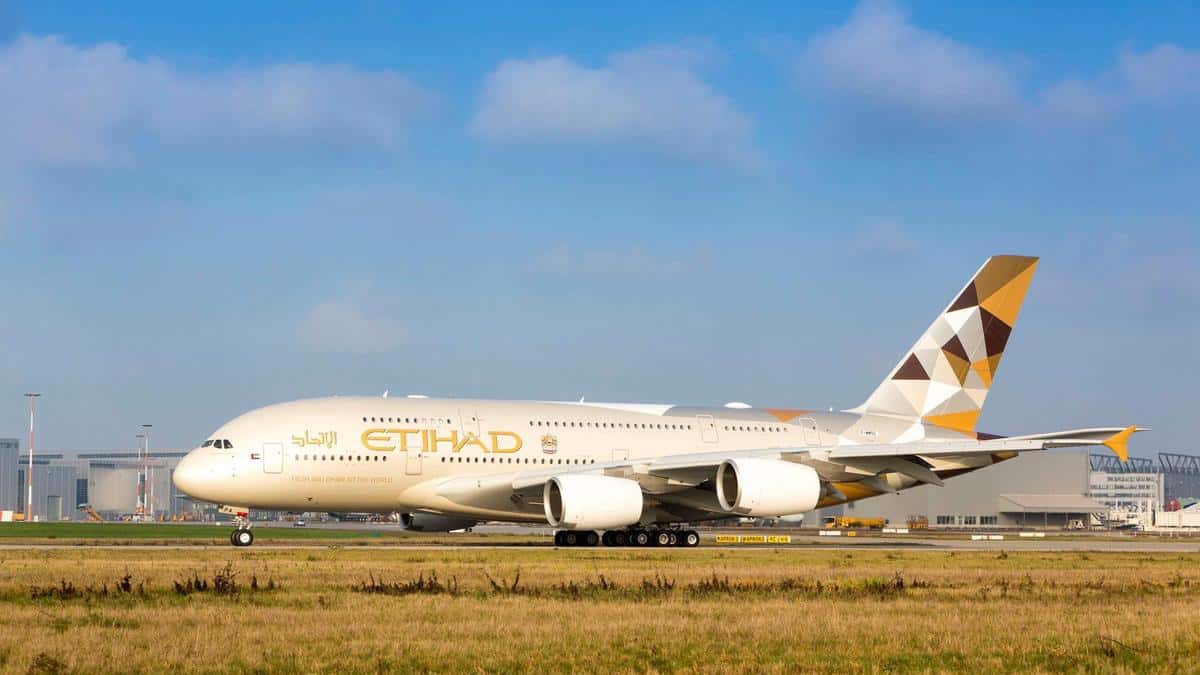Geneva, Switzerland — Middle Eastern carriers reported a 1.6 percent increase for global and international demand in 2023 compared to 2022 and an increase in capacity of 13.5 percent (13.6 percent for international operations), the International Air Transport Association (IATA) said.
In December, airlines in the region posted an 18.3 percent increase in demand for both global and international operations compared to 2022. Capacity increased 17.7 percent (17.8 percent for international operations) during the same period.
The IATA released data for global air freight markets showing that air cargo demand rebounded in 2023 with a particularly strong fourth quarter performance despite economic uncertainties. Full-year demand reached a level just slightly below 2022 and 2019.
Global full-year demand in 2023, measured in cargo ton-kilometers (CTKs), was down 1.9 percent compared to 2022 (-2.2 percent for international operations). Compared to 2019, it was down 3.6 percent (-3.8 for international operations).
Capacity in 2023, measured in available cargo tonne-kilometers (ACTKs), was 11.3 percent above 2022 (+9.6 percent for international operations). Compared to 2019 (pre-COVID) levels, capacity was up 2.5 percent (0.0 percent for international operations).
December 2023 saw an exceptionally strong performance: global demand was 10.8 percent above 2022 levels (+11.5 percent for international operations). This was the strongest annual growth performance over the past two years. Global capacity was 13.6 percent above 2022 levels (+14.1 percent for international operations).
Red Sea Disruption
In November and December air cargo experienced a modest rise in demand and yields due to disruptions in the Red Sea. The following was observed when comparing data for the week commencing 4 November 2023 and the week ending 9 December 2023:
A 1 percent increase in global air cargo demand coupled with a 5 percent rise in yields. In the Asia-Pacific region, demand grew by 2 percent and yields by 6 percent. A 1 percent increase in demand between China and the rest of the world and an 11 percent increase in yields. Europe’s demand remained steady, but yields increased by 3 percent. In the Middle East, demand was constant with a 4 percent rise in yields.
Some indicators to note include:
Global cross-border trade recorded growth for the third consecutive month in October, reversing its previous downward trend.
December inflation in both the United States and the EU as measured by the corresponding Consumer Price Indices (CPI) stayed below 3.5 percent year-on-year. China’s CPI, however, indicated deflation for the third consecutive month, raising concerns of an economic slowdown.
Both the manufacturing output and new export order Purchasing Managers Indexes (PMIs) – two leading indicators of global air cargo demand—continued to hover below the 50-mark in December, usual markers for contraction.
“Despite political and economic challenges, 2023 saw air cargo markets regain ground lost in 2022 after the extraordinary COVID peak in 2021. Although full year demand was shy of pre-COVID levels by 3.6 percent, the significant strengthening in the last quarter is a sign that markets are stabilizing towards more normal demand patterns. That puts the industry on very solid ground for success in 2024. But with continued, and in some cases intensifying, instability in geopolitics and economic forces, little should be taken for granted in the months ahead,” said Willie Walsh, IATA’s Director General.
2023 Regional Performance
Asia-Pacific airlines posted a 0.9 percent increase in demand in 2023 compared to 2022 (-1.4 percent for international operations) and a capacity increase of 28.5 percent (+16.6 percent for international operations). In December, airlines in the region recorded the best performance of all regions, posting an 18.5 percent increase in demand (+15.4 percent for international operations) compared to 2022. Capacity increased 31.1 percent (+22.9 percent for international operations) during the same period.
North American carriers reported the worst year-on-year performance of all regions, with a 5.7 percent decrease in demand in 2023 compared to 2022 (-4.3 percent for international operations) and a capacity increase of 0.3 percent (+2.7 percent for international operations). In December airlines in the region reported a 2.0 percent decrease in demand (+5.9 percent international operations), compared to 2022. Capacity increased 2.4 percent (+8.5 percent for international operations) during the same period.
European carriers posted a 3.9 percent decrease in demand in 2023 compared to 2022 (-4.1 percent for international operations). During the same period, airlines posted a capacity increase of 4.5 percent for both global and international operations. In December, airlines in the region posted an 8.6 percent increase in demand (+8.7 percent for international operations) compared to 2022. Capacity increased 7.4 percent (+7.5 percent for international operations) during the same period. Airlines in the region continued to be most affected by the war in Ukraine.
Latin American carriers posted the strongest year-on-year performance of all regions, with a 2.0 percent increase in demand in 2023 compared to 2022 (+1.9 percent for international operations). During the same period, airlines posted a capacity increase of 13.2 percent (+16.9 percent for international operations). In December airlines in the region posted growth in demand of 6.4 percent (+6.3 percent for international operations) compared to 2021. Capacity grew 3.5 percent (+4.2 percent for international operations) during the same period.
African airlines reported a decrease in demand of 1.8 percent (-2.0 percent for international demand) in 2023 compared to 2022 and an increase in capacity of 5.6 percent (+5.0 percent for international operations). In December airlines in the region posted the weakest performance of all with a 1.2 percent decrease in demand (-1.4 percent for international operations) compared to 2021. Capacity grew 7.4 percent (+6.8 percent for international operations) during the same period.

